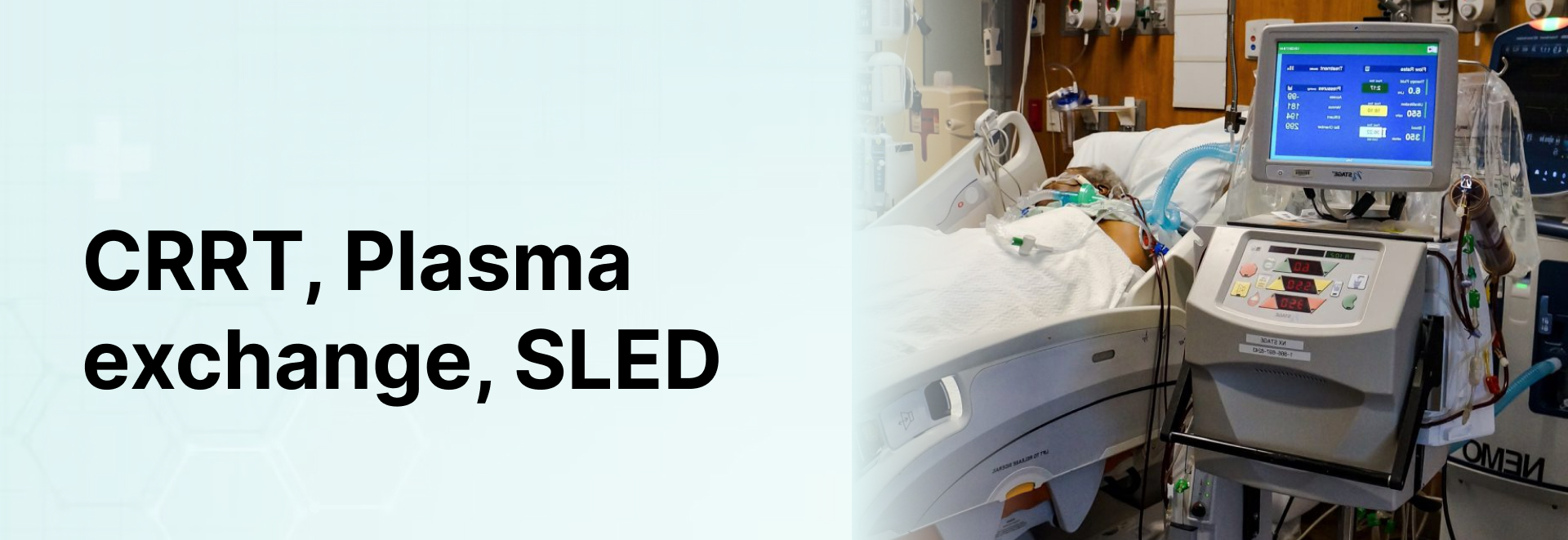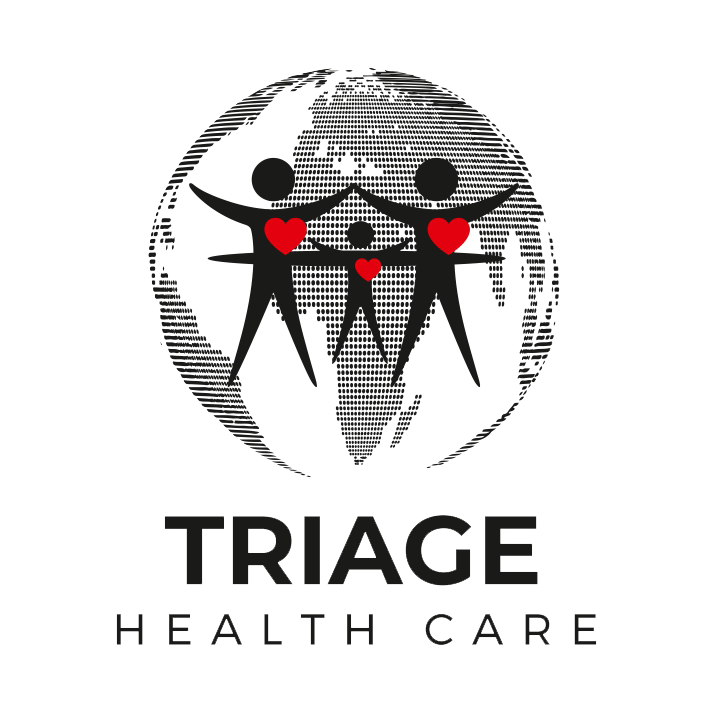
CRRT, Plasma Exchange, SLED
Patients who have acute kidney injury and are severely ill, especially those who are hemodynamically unstable, frequently receive renal support through Continuous Renal Replacement Therapy (CRRT). There are a number of methods that can be used, each of which has a different mode of solute clearance, such as continuous venovenous hemofiltration, which primarily uses convective solute clearance, continuous venovenous hemodialysis, which primarily uses diffusive solute clearance, and continuous venovenous hemodiafiltration, which combines both dialysis and hemofiltration.
A procedure to “clean” your blood is Plasma Exchange, also referred to as plasmapheresis. It functions somewhat similarly to renal dialysis. During therapy, plasma is switched out for donor plasma or a plasma substitute.
For patients with renal failure in the intensive care unit, Sustained Low-Efficiency Dialysis (SLED) is a type of renal replacement treatment that is becoming more and more common. Effective small solute clearance, excellent hemodynamic tolerability, adaptable treatment plans, and lower costs are benefits of SLED.But many ICU professionals believe continuous renal replacement therapy (CRRT) to be better because it can be administered without the aid of nephrology services and achieves significant convective clearance.

© Triage Healthcare All rights reserved — Made by Rittz Digital


